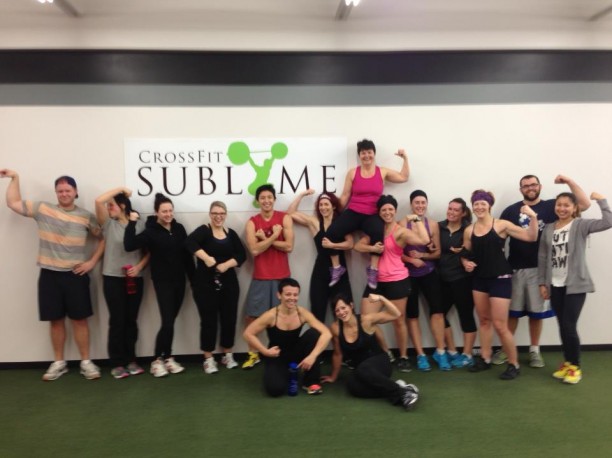One of the most significant challenges to writing group programming is exercise selection.
When I write for my individualized clients I can take into consideration such as injuries… things like history of back pain, knee injury, or an imbalance between shoulders affect the choices I make in movement selection, the number of reps prescribed and the amount of exposure to each movement.
I’m still hacking away at data input for the assessments we did last week, and I will have a birds eye view of all of our clients shortly. This will make for a much better program for the group, but it will still never be the perfect program for you. THERE, I SAID IT… the program is flawed!!! That being said, it’s still likely to be a MUCH better choice for you than any DVD product, or any other group fitness program in this city, because it takes YOU into consideration.
However, some of you have issues that most or all of the others do not. Every single one of these things is not like the other!

What I’m getting around to saying is that IF the movement selected doesn’t FEEL right to you (because it hurts, because it ‘clicks’, because you’re way off balance)… then the movement is not right for you. NO BIG DEAL. It happens every single day. There is always an alternative. Sometimes your coach will be quite perplexed, but we will sort it out.
If it hurts, DO NOT “Just Do It”. We’ll figure something out for you.
All this being said, if you have an active injury, we can make changes to the group program for you, but by FAR the best choice is to start with some personal training, do a little individualized programming for awhile, and then hop in with the group.
Something you might like to know from last week’s assessments… I took a look at Anaerobic capacity relative to aerobic power and aerobic recovery… you guys have great anaerobic capacity relative to your aerobic capacity & power, so over the next few months in addition to some sound strength work we are going to build that base and make it powerful! This means that often you will be instructed to NOT go all out… to hold back… sometimes to hold WAY back. This is not because of a fear of injury or an instruction to “take it easy”… we just need to keep that old ticker of yours going at a CONSTANT pace for a duration of time in order for it to make the adaptations we’re looking for. We’ll get you guys some beast-sized hearts (yes, we’re looking to change the physical size of your heart – don’t ask me how I could ever prove that I did it, but that’s part of the goal here)… have fun and use the slower pace to gain mastery of some new skills!
To that end, if you read this in time, take your resting heart rate tomorrow morning (count your heart rate for 60 seconds while at rest) and jot it down. We’ll look to see what it’s like in a few more months.
P.S. Mid morning today mine was 47 while at the computer doing some research… prior to working with this type of training on a regular basis it was normally 56 – 60… maybe 52 after a day or two of rest. You’ll initially be doing a lot less of this training than I was, so it will be interesting to see how progress goes.


4 Comments